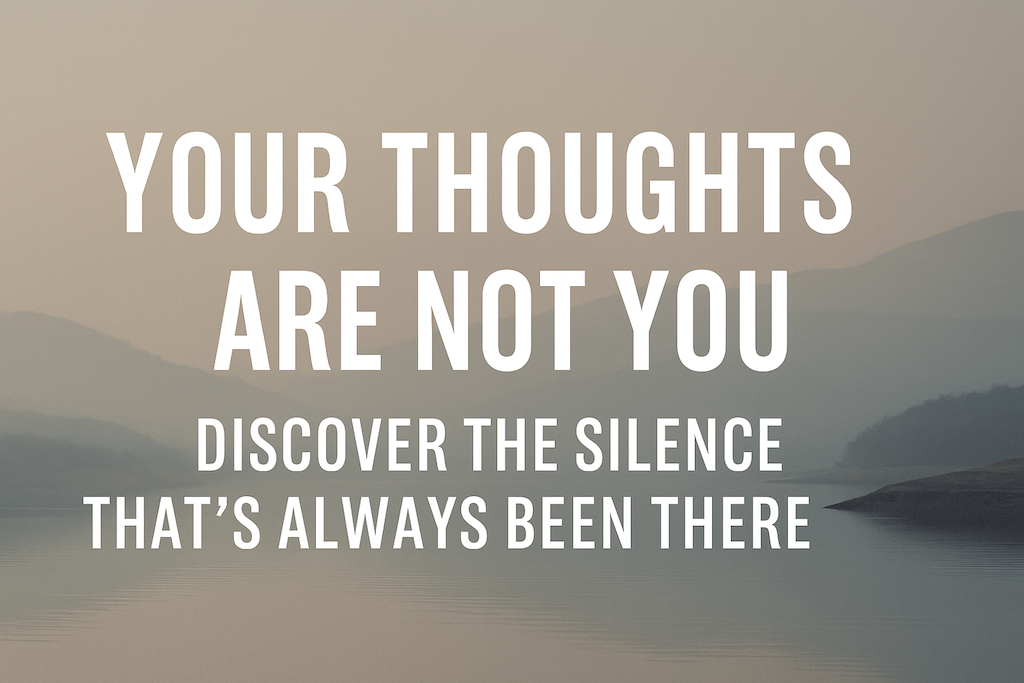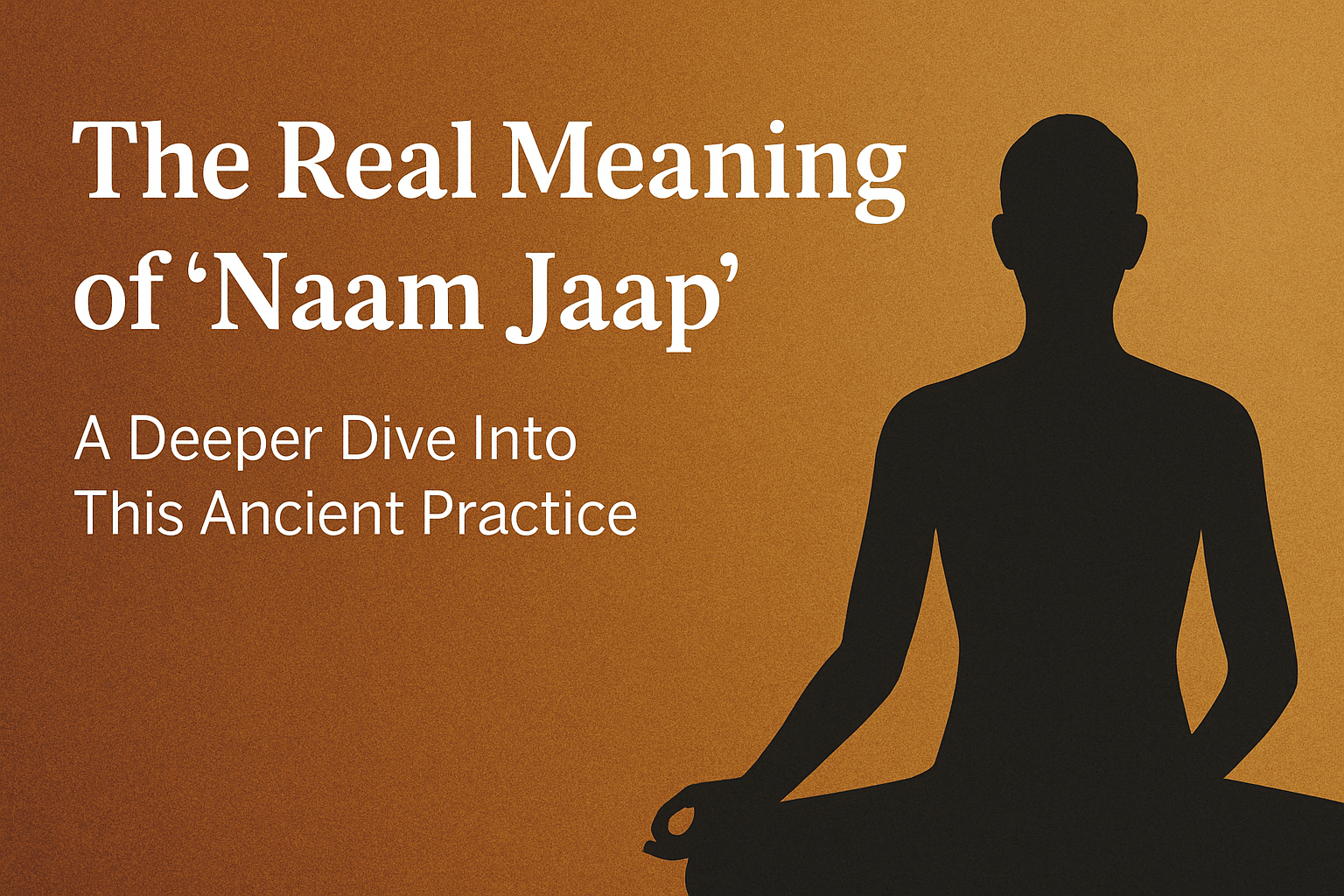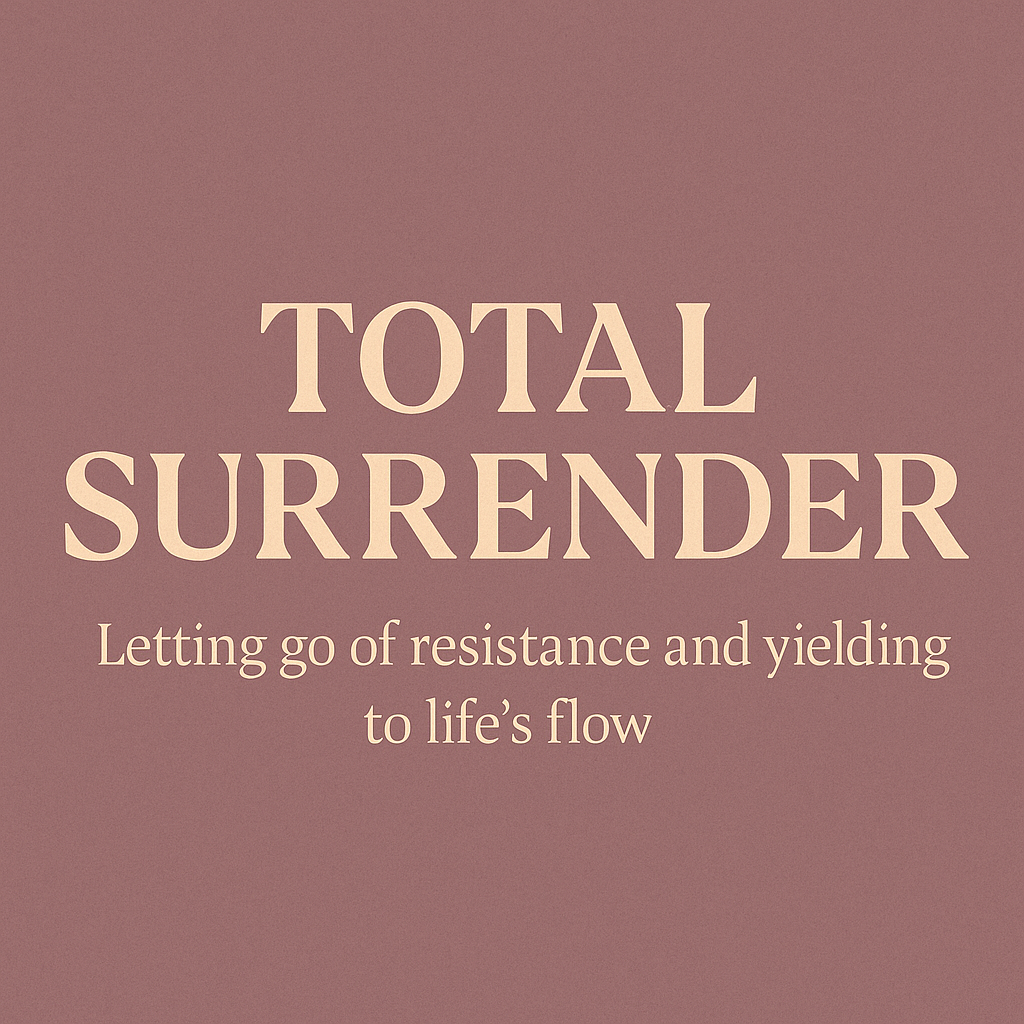Have you ever been stuck in a spiral of overthinking? One thought leads to another until your mind feels loud, chaotic, and exhausted. In those moments, it’s easy to believe that your thoughts define you. But here’s a profound truth that can completely shift your reality:
You are not your thoughts.
Thoughts arise, linger, and disappear—yet something in you stays constant. That something is the silent, still presence that watches the thoughts. And once you become aware of it, your entire experience of life can change.
Understanding the Nature of Thought
Thoughts are mental events. They are:
- Temporary
- Random
- Often repetitive
- Frequently shaped by fear, memory, or desire
They appear in your mind like clouds in the sky—passing by, changing form, never still.
Yet most people live as if they are inside the thought cloud—identified with every story the mind spins. They feel like the thinker. But thinking happens to you. It’s not what you are.
Just as you’re not the sounds you hear, you’re also not the thoughts you think. You’re the one hearing those thoughts.
The Power of Noticing the Silence
What happens when you stop identifying with your thoughts?
You begin to notice something extraordinary: a deep silence beneath the noise.
This silence is not the absence of sound. It’s the still awareness that exists whether the mind is busy or quiet. It’s always been there—you just haven’t been aware of it.
And the moment you discover it, a new kind of freedom emerges:
- Thoughts still arise, but they don’t control you.
- Emotions still come, but you don’t drown in them.
- Life still unfolds, but you respond—not react.
Realizing You Are the Observer
Try this experiment:
- Sit still.
- Let your thoughts come and go.
- Instead of engaging, watch them.
- Ask yourself, “Who is noticing these thoughts?”
You won’t find a name or face. You’ll find presence—a silent awareness that simply sees.
This awareness doesn’t argue, doesn’t judge, doesn’t react. It just watches. And this watcher… is you.
The Mind Is a Tool—Not a Master
The mind is great at solving problems, planning, and creating. But it’s terrible at giving peace. Why?
Because peace isn’t found in thinking—it’s found in being.
When you constantly think, compare, analyze, and worry, you are lost in the tool, mistaking it for your identity. But when you become the observer, the mind becomes useful but secondary.
You take back the driver’s seat.
Daily Practice: Returning to the Silence
Here are three ways to stay rooted in the silence beyond thoughts:
1. Set an Anchor
Choose something physical—a breath, a sound, or the feeling of your body. Use it as an anchor to stay present when thoughts try to pull you away.
2. Name the Thought
When a thought appears, silently say, “thinking.” This helps you disidentify. It’s a thought—not you.
3. Sit in Stillness
Give yourself 5-10 minutes a day to do nothing. Just sit, breathe, and notice. Let the silence speak.
The Shift That Changes Everything
This isn’t about stopping thoughts. That’s not necessary or even possible.
It’s about realizing: you don’t have to follow every thought. You don’t have to believe every story. You are not the content—you are the awareness.
This realization is the gateway to:
- Mental peace
- Emotional balance
- Deeper self-knowledge
- True inner freedom
The silence is not empty. It’s full of clarity. Full of knowing. Full of the real you.
Final Insight: Silence Isn’t Something You Find—It’s What You Are
The noise of the mind comes and goes. But silence? It’s your original state. It’s always been here, beneath the thoughts, beneath the noise, beneath the identity.
You don’t need to fight your mind. You just need to remember the space beyond it.
And when you do… you’ll realize you’ve never been lost. You were always right here.
In the silence.
In yourself.



